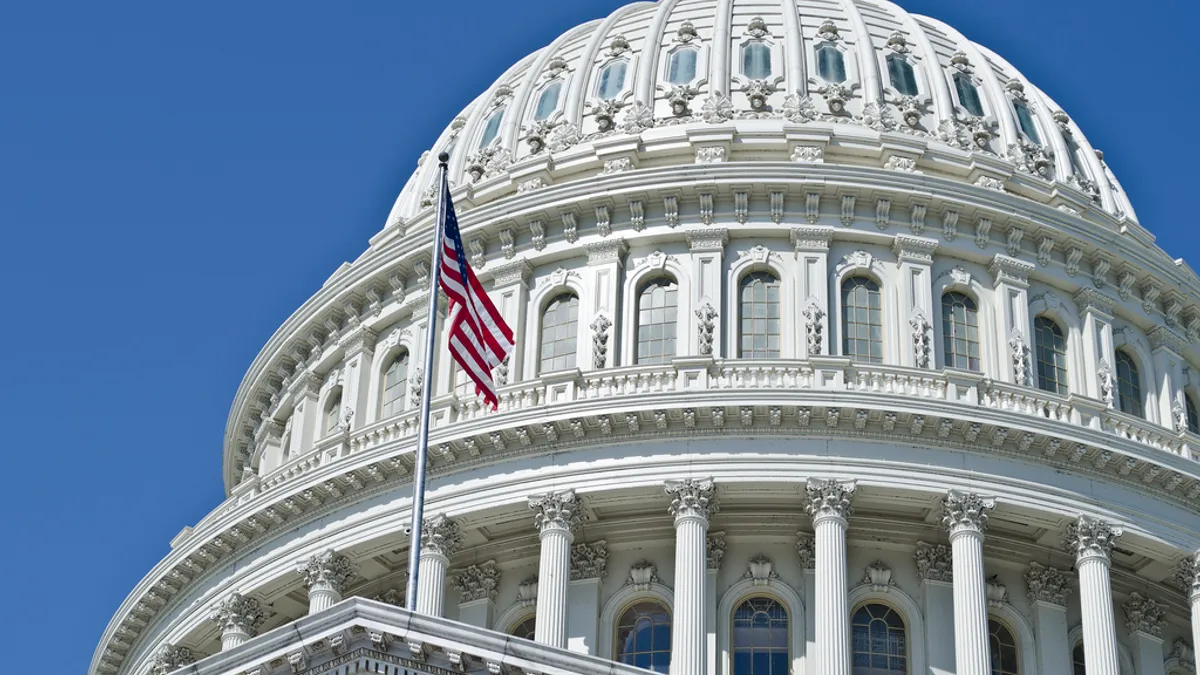The latest reauthorization of the Elementary and Secondary Education Act, the Every Student Succeeds Act (ESSA), is now in the process of being implemented nationwide. Loosening many of the federal mandates and oversight heralded by its predecessor, No Child Left Behind, the law, which saw bipartisan approval, aims to give states more decision-making power in areas like testing and accountability. But what does that really mean?
To provide more insight on the law, we've gathered a wide range of perspectives from leaders and teachers nationwide in this latest entry in our spotlight series.
-
4 ways ESSA's impact will be felt by states, districts
The latest reauthorization of the nation's K-12 public ed law seeks to return much of the decision-making power back to states, but what does that mean? Read More >>
-
On ESSA, many principals have little idea what the law actually means
"I'm just going to wait for my superintendent to tell me what to do" is a recurring theme as the new school year looms. Read More >>
-
ESSA brings new focus to homeless population
The law requires schools and districts for the first time to "track and improve outcomes" for these students. Read More >>
-
ESSA rollout offers opportunities to boost tech accessibility
The law aims to offer states more flexibility, and service providers, administrators and advocates are determining how to approach tech accordingly. Read More >>
-
Signing ESSA into law was only the beginning
States and districts are working to develop implementation plans for the next era of K-12 education. Read More >>












